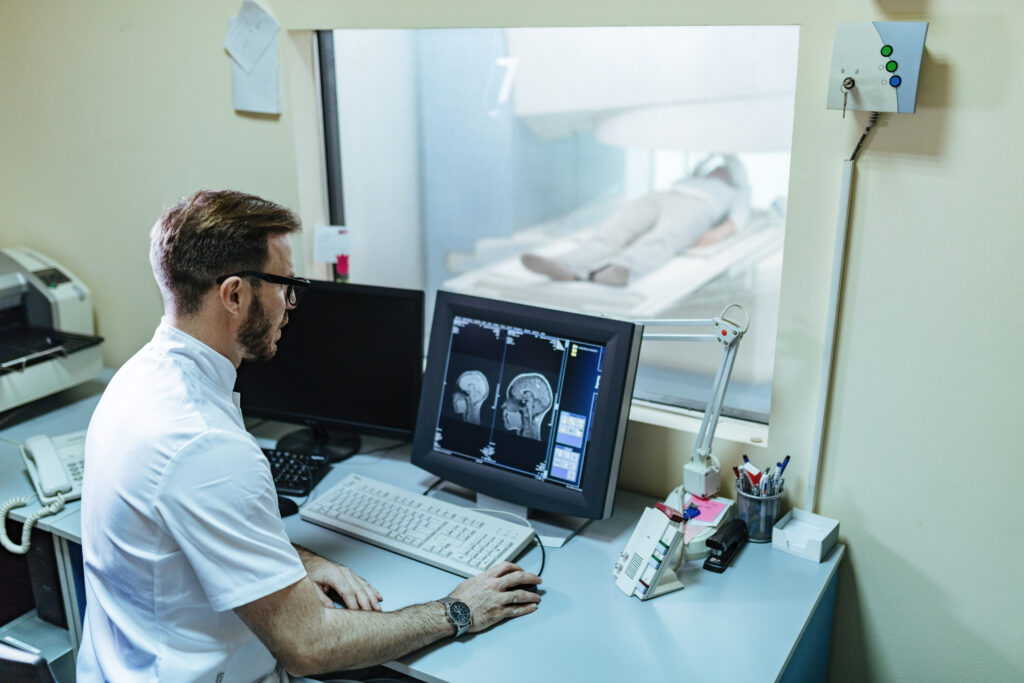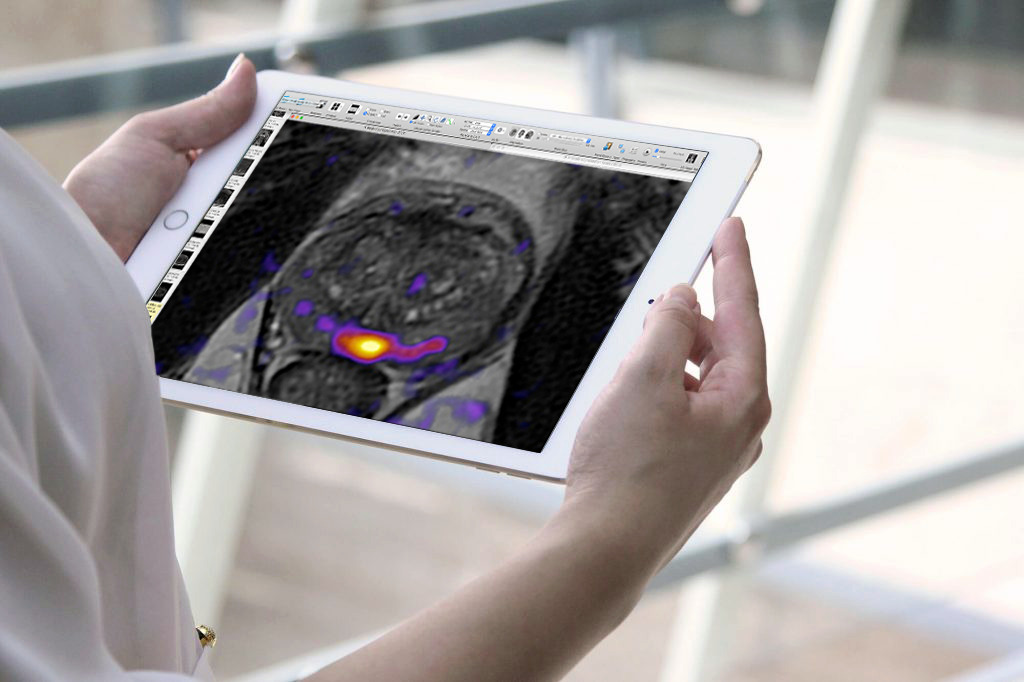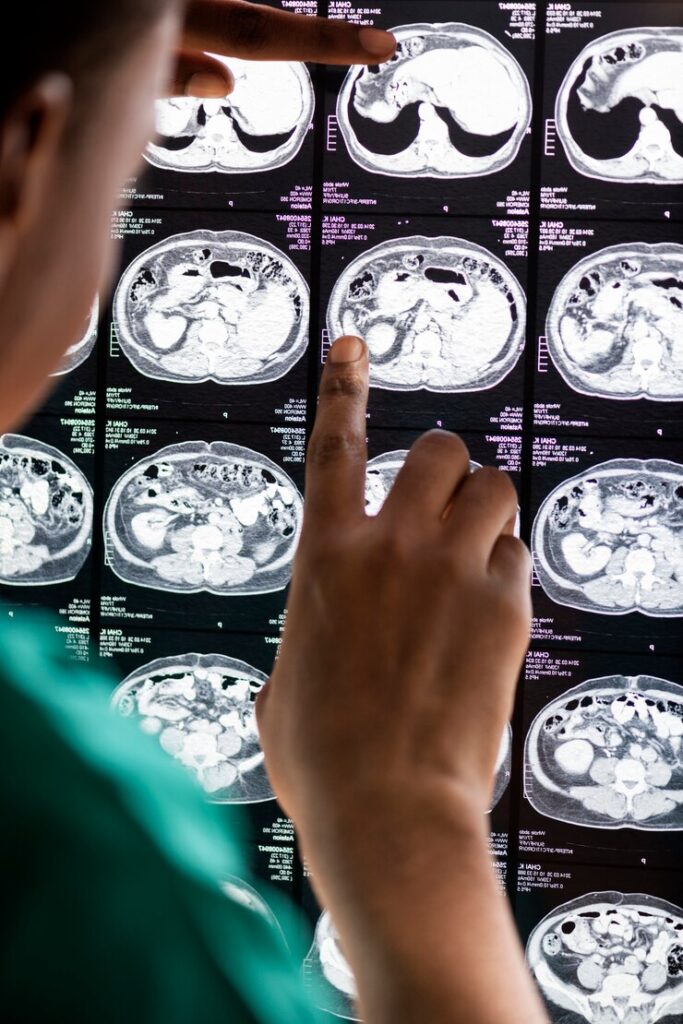Prostate Cancer Diagnosis
If a screening test indicates potential signs of cancer diagnosis, your doctor may recommend a prostate biopsy. This procedure involves taking a small tissue sample to confirm the presence of cancer, evaluate how advanced it is, and help determine the most appropriate treatment plan moving forward.
Importance of Early Detection in Prostate Cancer
The earlier you detect prostate cancer, the higher your chances for successful treatment.
Regular screenings for prostate cancer symptoms and diagnosis are especially important for men over 50 or those with a family history of the disease. If you are at high risk or experiencing symptoms, it’s important to seek professional advice and undergo screenings to catch cancer at an early stage.
Taking a proactive approach to prostate cancer symptoms and diagnosis is the first step toward ensuring a better outcome. If you notice any signs or are concerned about your prostate health, speak with your doctor about screenings and diagnostic tests. Early detection and intervention are key to successful prostate cancer treatment. Regular checkups and timely medical care can help you stay ahead of prostate cancer and improve your quality of life.
How Is Prostate Cancer Diagnosed?
Doctors confirm whether prostate cancer is present, evaluate its aggressiveness, and determine if it has spread beyond the prostate.
If your PSA levels rise or a digital rectal exam (DRE) shows abnormalities, your doctor may recommend further testing.
The most common next step is a prostate biopsy, where the doctor collects a small sample of prostate tissue and a pathologist analyzes it to confirm the presence of cancer and assess its characteristics.
This evaluation helps your medical team assess the cancer type, severity, spread, and guides your personalized treatment plan. Your doctor also reviews your test results, symptoms, and family history to determine if you need further testing.
What Is a Prostate Biopsy?
A prostate biopsy is a medical procedure used to collect small tissue samples from the prostate to check for signs of cancer. Typically, a doctor will extract 12 or more core samples from various areas of the prostate using a thin, hollow needle—a technique known as a core needle biopsy. Ultrasound imaging is often used to guide the needle precisely and minimize damage to nearby tissues.
There are three main types of prostate biopsies:
- Transrectal biopsy: The doctor inserts a needle through the rectal wall into the prostate using ultrasound guidance, which is the most common method.
- Transurethral biopsy: A doctor passes a tiny, lighted scope through the urethra to view the prostate and removes tissue with a special cutting loop.
- Transperineal biopsy: A doctor makes a small incision in the perineum (the area between the scrotum and anus) and collects tissue by inserting a needle through the opening.
After the procedure, a pathologist examines the tissue under a microscope to determine whether cancer is present and to assess its characteristics.


Understanding Your Prostate Biopsy Results
A negative biopsy means the lab found no cancer in your tissue samples. Doctors usually see this as reassuring, but it doesn’t always rule out cancer. Small or hidden tumors can go undetected. Your doctor may recommend regular PSA tests or another biopsy in the future.
A positive biopsy confirms the presence of prostate cancer, marking an official diagnosis. These results help determine the stage and grade of the cancer—giving insight into where the cancer is located, how much is present, and how aggressive it may be. This information is essential for guiding your next steps in treatment and management.
What Other Tests Help Diagnose Prostate Cancer?
Several diagnostic tools can help detect prostate cancer, guide treatment, and monitor therapy. For example, conventional imaging—like ultrasound, MRI, CT scans, and bone scans—identifies the cancer’s location and extent. These tools, in turn, offer valuable insights into cancer staging and help guide treatment plans. Moreover, advanced imaging technologies have improved early detection of prostate cancer throughout the body. In particular, PET/CT scans use modern agents to provide high-resolution images. These scans can reveal small clusters of cancer cells that might otherwise go unnoticed. In addition to imaging, other diagnostic tests can also offer valuable information about your condition. In some cases, these tests help determine if a biopsy is necessary.







